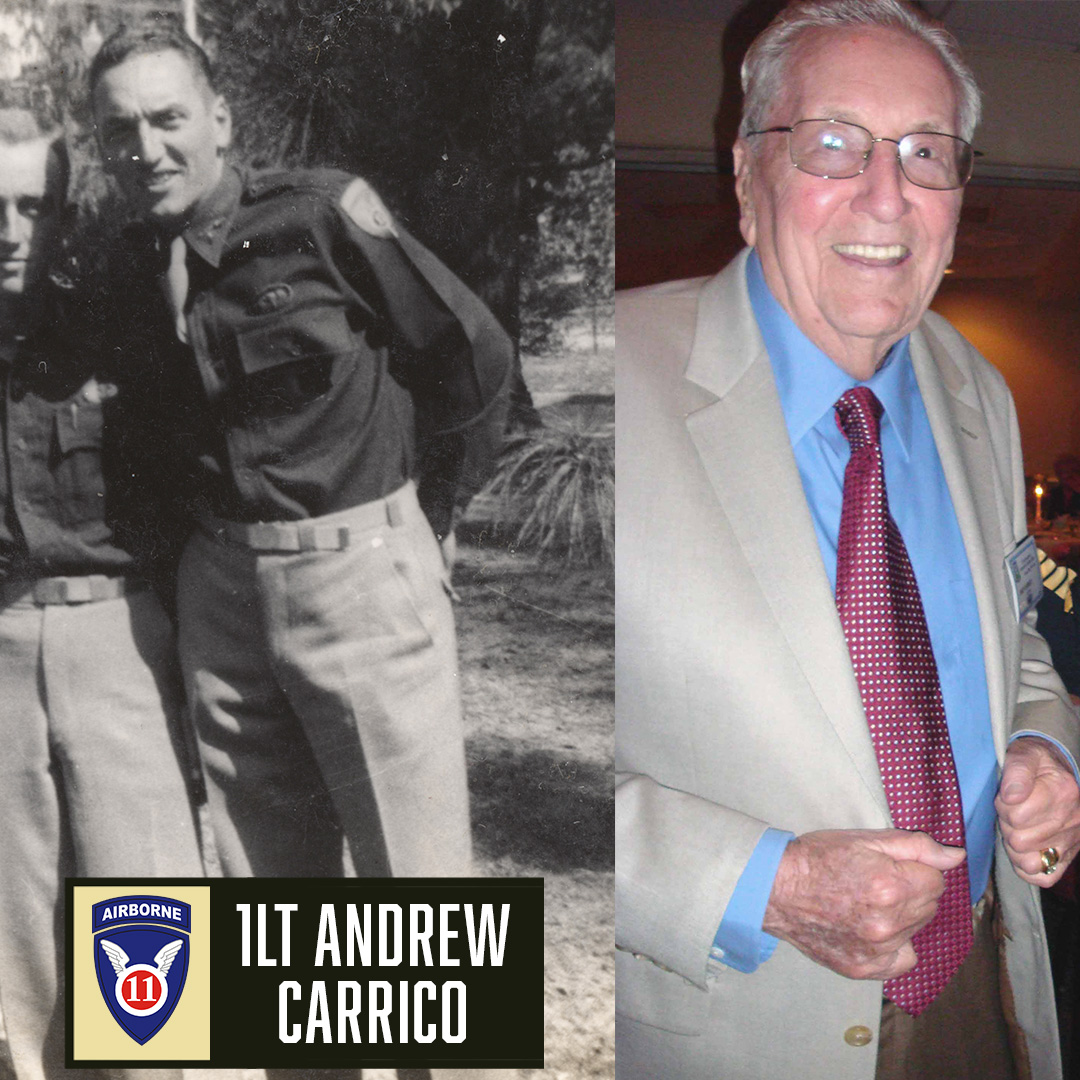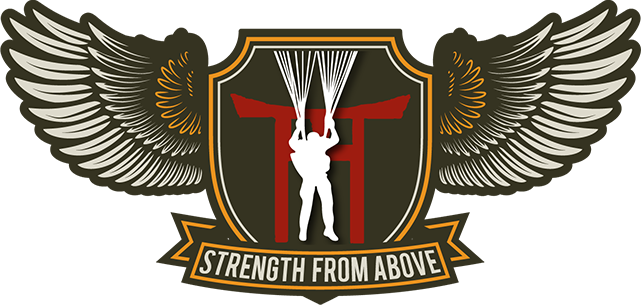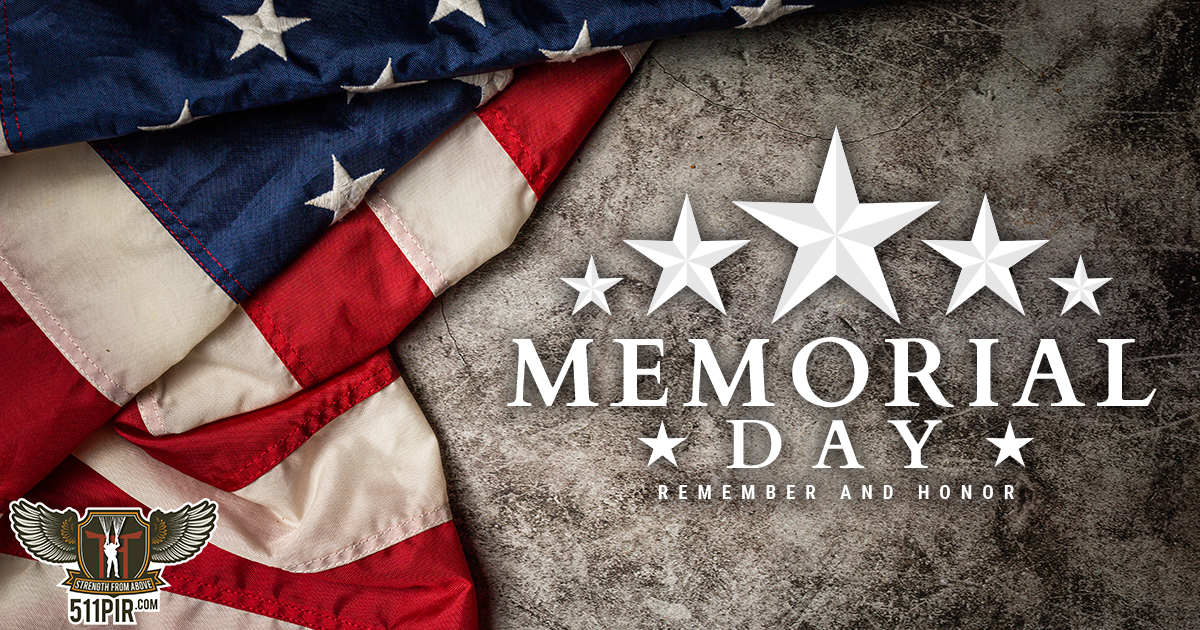Contact! Pushing Upwards
 3rd Platoon, in the lead, continued upwards for another two hundreds yards or so when rifle and automatic weapons fire brought the Angels to a stop. The platoon's three squads spread out into a firing line and CPT Cavanaugh moved up to study the situation.
3rd Platoon, in the lead, continued upwards for another two hundreds yards or so when rifle and automatic weapons fire brought the Angels to a stop. The platoon's three squads spread out into a firing line and CPT Cavanaugh moved up to study the situation.
"Almost immediately we were taken under fire by what I assumed was an enemy picket line and we had one man killed," Rusty said. "We continued advancing against sporadic enemy rifle fire and sustained another casualty."
The first man hit, and killed, was scout, PVT Raymond “Red” Cegiacnik, who was one hundred yards in front of the main column with SGT Bill Dubes when a Japansese machine gun opened fire. Dubes hit the dirt (he even ate some it) and when the enemy began firing in a different direction, Bill looked up at his comrade in shock.
(Cegiacnik) was in bad shape," he noted. "It was a miracle he was on his feet. The machine gun burst had torn away his lower jawbone, his tongue was hanging out, and he was bleeding profusely. I was covered in blood just trying to save him. Our medics tried… but he had lost too much blood."
"From then on there was fierce fighting all the way to the top of Mt. Bijang for what seemed like hours," remembered PFC “Chuck” Hudson.
Rusty noticed that the enemy was firing from 3rd Platoon’s left and center, so he ordered 1st Platoon to flank the enemy by traversing 3rd Platoon’s right. This took them back down through 2nd Platoon before they moved up a concealed draw off to the right where a runner soon reported to CPT Cavanaugh that the platoon was "Held up by enemy fire from the front and left." Rusty sent the runner back with orders to hold position and eliminate the threat.
Cavanaugh then spoke with the artillery liaison officer who called in a fire mission from Ginger 6 (which showered SGT Dubes and the wounded PFC Cegiacnik with dirt), but Rusty wanted to first determine the enemy’s flank and move 3rd Platoon back from the target area. Turning to his XO, Rusty sent Grandpa/LT Carrico to order 3rd Platoon to disengage and move to 1st Platoon’s far right flank which would give the artillery a five-hundred-yard safety zone (2nd Platoon remained about 300 yards down the slope).
As his men moved to comply, Cavanaugh and Grandpa voiced mutual concern that the Japanese were only delaying the Angels while calling for reinforcements from their main positions higher up the hill. The enemy appeared to be affecting a tactical withdrawal towards the downslope-moving reinforcements, if some were indeed on the way. To find out, Rusty moved up to 1st Platoon’s right to better command the Angels’ firing line and also be in place to direct 3rd Platoon when they moved up. This new position also gave him a perfect view of their objective, or at least what he thought was their objective and he realized that the enemy had failed to take advantage of an opening to flank his men.
When a runner found Cavanaugh and said that LT Carrico and 3rd Platoon were in position, Rusty was surprised as he could not see them. The hill they were supposed to be on was to his left, but he heard 3rd Platoon off to his right. Ordering the runner to take him to the lost platoon, Cavanaugh found himself looking down forty feet at the hill he initially believed was theirs to take. That crest was, in fact, hiding their real destination upon which Cavanaugh now stood. While no one had been able to see it from the lowlands, Mt. Bijang’s true ridge was higher than assumed and three hundred yards to the south. That meant that all the previously registered artillery barrages had been of little effect on the enemy.
Lead scout PFC Michael J. Rottenberk of Chicago, IL, determined that the correct crest had been occupied by the enemy, but was now deserted and it is possible that the departed Japanese were now engaged with I Company on their own approach. Rottenberk also noticed that the summit’s rolling terrain possessed numerous low-level dikes that had been used by local farmers to grow rice. These, along with empty Japanese foxholes, would soon become lifesavers for D Company.
Michael also swore he celebrated his birthday that day (March 13), but records indicate he was born on March 15. Either way, he noted that surviving Mt. Bijang was one heck of a present.
 Realizing he was standing on their true objective, CPT Cavanaugh sent runners to bring up 1st and 2nd Platoons (the enemy fire on 1st Platoon had quieted). Arriving on the crest, Grandpa/1LT Carrico (pictured right) helped deploy the platoons around the flat hilltop, with 2LT James W. Osmun’s 1st Platoon on the left while an over-extended 2nd Platoon under 1LT Walter Kannely spread out on the right. Without consulting anyone, Kannely had committed one squad to evacuating the company’s two dead and four wounded, which left D Company down to around eighty men.
Realizing he was standing on their true objective, CPT Cavanaugh sent runners to bring up 1st and 2nd Platoons (the enemy fire on 1st Platoon had quieted). Arriving on the crest, Grandpa/1LT Carrico (pictured right) helped deploy the platoons around the flat hilltop, with 2LT James W. Osmun’s 1st Platoon on the left while an over-extended 2nd Platoon under 1LT Walter Kannely spread out on the right. Without consulting anyone, Kannely had committed one squad to evacuating the company’s two dead and four wounded, which left D Company down to around eighty men.
While Grandpa organized the company around the crest, CPT Cavanaugh took a quiet walk along the ridgeline with PFC Lipanovich after telling Roy to message Regiment to confirm that D Company was on the objective.
Surprisingly, Rusty then ordered his XO, my grandfather, to move back with Company HQ near 3rd Platoon to protect the rear. CPT Cavanaugh explained. “He had commanded 1st Platoon through months of combat and I had promoted him to Executive Officer to give him some respite...”
With everyone settled, a squad from 3rd Platoon was sent to pop green smoke grenades to mark their position for the assumed-to-be-approaching Item Company which D Company hoped would help them hold the hilltop. The paratroopers waited in tense silence, but instead of a friendly response the hill’s quiet was shattered by the sounds of war as enemy soldiers began firing on the 3rd Platoon squad which beat a hasty retreat to the company’s main lines.
“Where’s I Company?” the squad wondered as they reported to Grandpa/1LT Carrico who got word to Rusty. With I Company’s ETA unknown, and the enemy most certainly on the way, CPT Cavanaugh elected to position 1st Platoon to the southeast and move 2nd Platoon to the hill’s reverse slope to provide overwatch on their rear and flanks. The machine guns from each platoon were placed to cover the gaps between the three main positions and other potential avenues of attack. Positioning himself between 1st and 2nd Platoons, Rusty also placed their sole 60mm mortar to the rear of 3rd Platoon in a small depression along with the company CP and the artillery liaison officer with his radio.
In a moment of hindsight, Rusty kicked himself for ordering his men to carry such light loads as most failed to even bring entrenching tools. Before we judge his judgement, let us recall that D Company's mission had always called for an assault on, not defense of the hilltop. Bijang was supposed to be a quick one-day operation and their lighter packs allowed the Angels to move swiftly up the hillside to surprise the enemy and assist I Company in taking the hill. D Company was then supposed to help I Company setup defensive positions, then make their way back to Regiment.
Years later, Cavanaugh lamented, “The defensive position was less than desirable in that the area was too large to be fully defended with the troops I had.”
Even so, the enemy was coming, and the Angels were ready to give them hell. I Company, meanwhile, had received word that D Company was on the objective, but apparently the enemy did as well since CPT Bob Kliewer’s paratroopers watched Japanese soldiers disengage and move quickly up the slope towards Cavanaugh’s men. Kliewer tried to reposition his men to block their movement, but they were met with heavy resistance. As such, he decided to take I Company back down the hill, then move his company up the southern slopes as D Company had done.
D Company was on their own, but they would stand together no matter what came over the hill.

